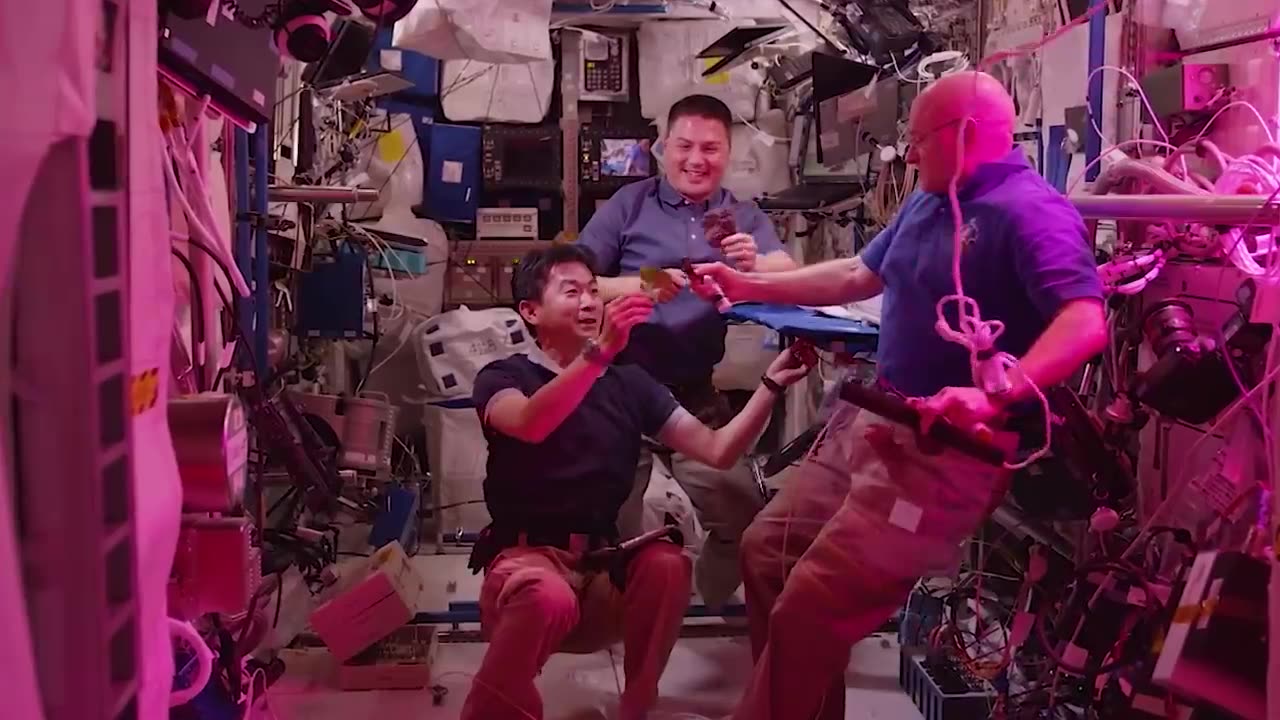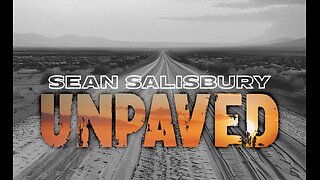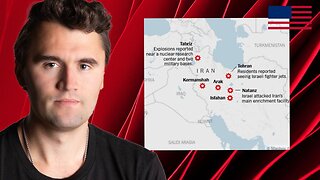Premium Only Content

August 1972, a period that NASA scientist Ian Richardson vividly recalls
1972, a period that NASA scientist Ian Richardson vividly recalls, the atmosphere was sweltering. As he harkens back to his upbringing in Surrey, England, the parched and brown fields stand as a testament to the scorching heat that held the region in its grip. People sought refuge indoors, their eyes glued to their televisions to escape the relentless sun. Yet, amidst this heatwave, there arose an unforeseen disruption — a glitch in the familiar TV screen. "Do not adjust your set," the BBC's announcement echoed, as if seeking to reassure the perplexed audience. "Heat isn't causing the interference. It's sunspots."
Curiously, these very sunspots responsible for the television turmoil also bore an immense consequence. Between the dates of August 4th and 7th of that year, the Sun unleashed colossal solar flares — dazzling outbursts of radiant energy. This astronomical drama occurred during a delicate interlude between the Apollo 16 and 17 missions. The solar tempests came dangerously close to impacting lunar explorers. Had the astronauts been in orbit or on the Moon's barren surface, they would have been subjected to perilous levels of solar radiation triggered by the flares. The flares of the Apollo era remain etched in history as a poignant reminder of the perils of radiation exposure, both for technology and intrepid spacefarers. It's a poignant call to action, emphasizing the imperative of comprehending and anticipating solar eruptions, a pursuit indispensable to the security of space exploration.
-
 36:23
36:23
Michael Franzese
2 hours agoThe Hidden Agenda Behind the LA Riots EXPOSED
40.9K30 -
 1:06:13
1:06:13
The Quartering
2 hours agoMAGA Feels BETRAYED By Trump's Israel Strike, Kayne West STORMS The Diddy Trial & Video Games..
53.4K75 -
 1:12:50
1:12:50
Sean Unpaved
2 hours agoCash Kings and Campus Chaos: NIL's Lawless Takeover
13.4K1 -
 1:23:12
1:23:12
Simply Bitcoin
3 hours ago $2.06 earnedBillionaire: Hundreds Of TRILLIONS Of Dollars Coming For Bitcoin | EP 1265
24.6K2 -
 2:06:13
2:06:13
Tim Pool
4 hours agoCatholics Are The SUPERIOR Christians, DEBATE | The Culture War with Tim Pool
155K286 -
 1:57:40
1:57:40
The Charlie Kirk Show
3 hours agoAmerica and the Iran War + AMA | Hammer | 6.13.25
72.3K30 -
 2:02:24
2:02:24
Side Scrollers Podcast
4 hours agoThe BIGGEST FLOP of 2025 | Side Scrollers Live
18.3K1 -
 LIVE
LIVE
LFA TV
20 hours agoFORCE PEACE IN THE MIDDLE EAST! | LIVE FROM AMERICA 6.13.25 11AM
1,249 watching -
 1:06:40
1:06:40
The Big Mig™
2 hours agoGlobal Finance Forum From Bullion To Borders We Cover It All
13.1K9 -
 1:36:19
1:36:19
Rebel News
2 hours agoIsrael strikes nuclear sites and Iran retaliates, Rebel News fights for G7 access | Rebel Roundup
13.6K26